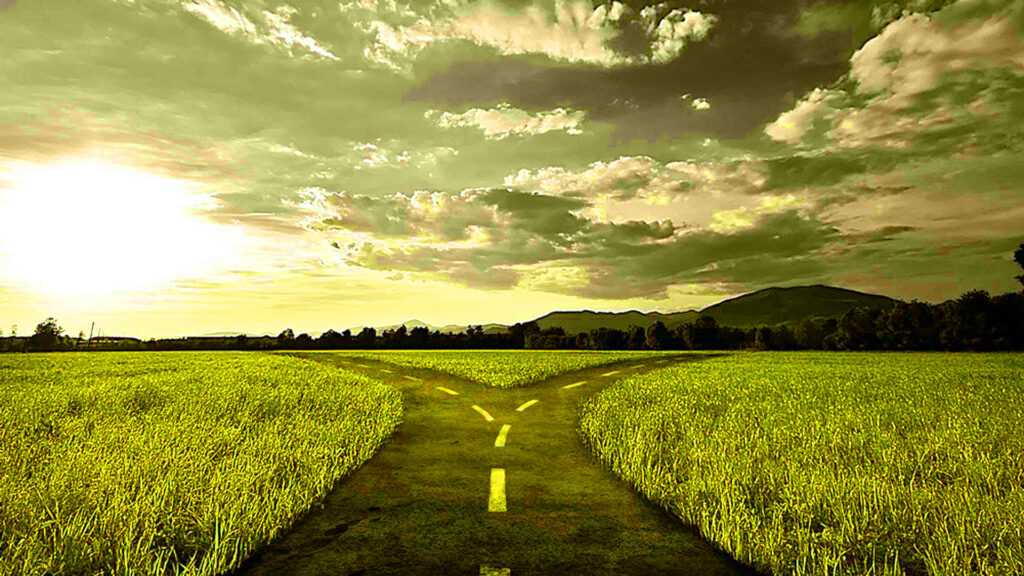We live in a polarising world. Not only is the global wealth gap widening, the divergence of policy into two opposing camps – deregulation vs. enhanced compliance – is a major topic of market conversation for 2025. This week we’re exploring how regulation (or lack thereof) manifests in our own world of fine wine.
A Mark of Quality
Historically, regulation in wine production (such as the French “Appellation d’Origine Contrôlée” and Italy’s “Denominazione di Origine Controllata e Garantita”) has existed to protect the quality and distinct regional characteristics of wines. The first notable example is the 1855 Bordeaux Classification, which was established to rank the region’s best wines based on reputation and market value. Regional bodies also control the boundaries within which wines can be produced – in Burgundy, only grapes hailing from the climat, “Clos St Jacques”, can be transformed into the wine label “Gevrey-Chambertin Premier Cru, Clos St Jacques”. This enforces strict limits on production quantity, as well as assuring quality.
Regulation Rebels
And yet, even the world of fine wine has known regulation rebellion. As early as the 1970s, producers in Tuscany rebelled against the Chianti Classico appellation, choosing to plant and produce wines from international grape varieties (rather than the indigenous Sangiovese), as well as declassifying their wines as “Toscana IGT”. The success of this move is proven today in the popularity of household names such as Tignanello, Sassicaia, and Solaia. Beyond Europe, the New World functions on fewer rules, leading production by consumer demand for specific grape varieties, as opposed to necessarily creating absolute expression of terroir.
Terroir Talks
Ultimately though, regulation rarely exists for its own sake when it comes to winemaking. In Champagne, wines produced from the prestigious Grand Cru parcels (such as Mesnil sur Oger) simply command the highest prices, as they are still considered to be the best quality. Even in the New World, the importance of origin reigns sovereign – wines from the Napa Valley’s Harlan Estate hail from the Oakville AVA, widely regarded as one of the highest quality sites in California for the production of Cabernet Sauvignon. While almost anything is possible today in wine-craft, it’s important to recognise that global wine icons remain uniformally true to the original concept of a great product – offering the authentic expression of a unique place and time.
To us, the definition of vinous cultural heritage will always lie within the boundaries of a little regulation.

